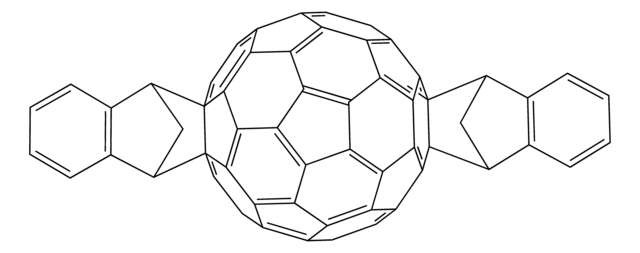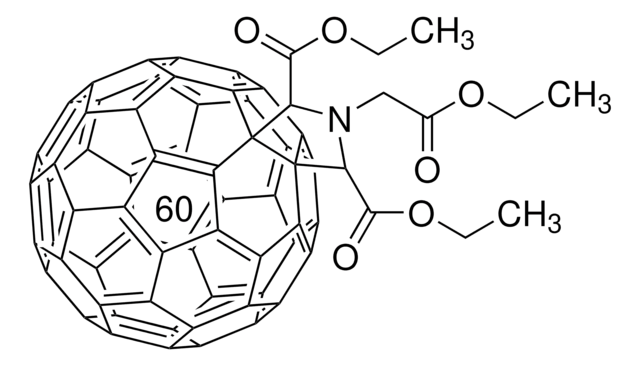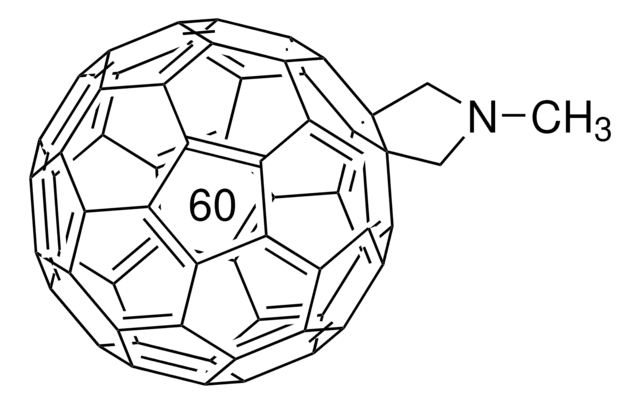793248
Polyhydroxylated fullerenes, water soluble
Synonym(s):
C60(OH)n, water soluble C60, Fullerenols, Polyhydroxy fullerenes
About This Item
Recommended Products
form
solid
Quality Level
color
light yellow to yellow
solubility
water: soluble >50 mg/mL
DMSO: slightly soluble
methanol: slightly soluble
storage temp.
2-8°C
Related Categories
General description
Application
Signal Word
Warning
Hazard Statements
Precautionary Statements
Hazard Classifications
Eye Irrit. 2 - Skin Irrit. 2 - STOT SE 3
Target Organs
Respiratory system
Storage Class Code
11 - Combustible Solids
WGK
WGK 3
Flash Point(F)
Not applicable
Flash Point(C)
Not applicable
Regulatory Information
Choose from one of the most recent versions:
Certificates of Analysis (COA)
Don't see the Right Version?
If you require a particular version, you can look up a specific certificate by the Lot or Batch number.
Already Own This Product?
Find documentation for the products that you have recently purchased in the Document Library.
Articles
SWCNTs show promise in FETs, solar cells, and photodetectors due to their ultrafast charge transport mobility.
Our team of scientists has experience in all areas of research including Life Science, Material Science, Chemical Synthesis, Chromatography, Analytical and many others.
Contact Technical Service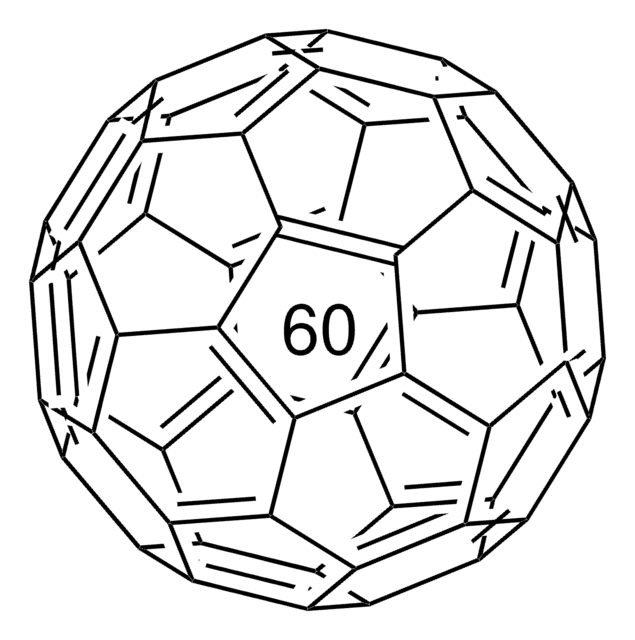
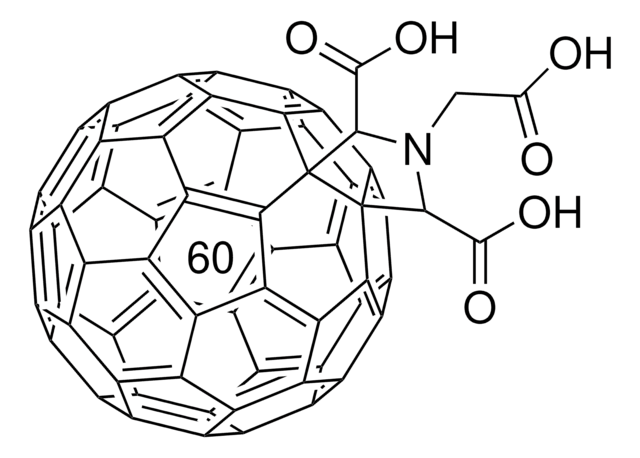

![4-(1′,5′-Dihydro-1′-methyl-2′H-[5,6]fullereno-C60-Ih-[1,9-c]pyrrol-2′-yl)benzoic acid](/deepweb/assets/sigmaaldrich/product/structures/417/736/540e4dd8-0c87-48e5-8307-3befb16498ba/640/540e4dd8-0c87-48e5-8307-3befb16498ba.png)
![[5,6]-Fullerene-C70 98%](/deepweb/assets/sigmaaldrich/product/structures/316/205/6bbd4872-2192-4042-bd5c-a2b6c4edba43/640/6bbd4872-2192-4042-bd5c-a2b6c4edba43.png)
